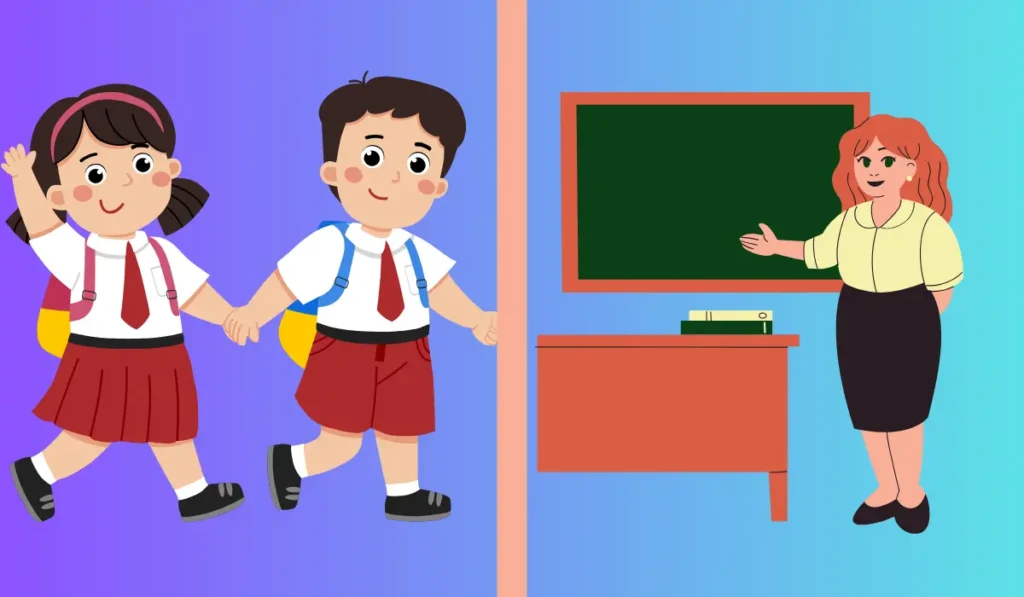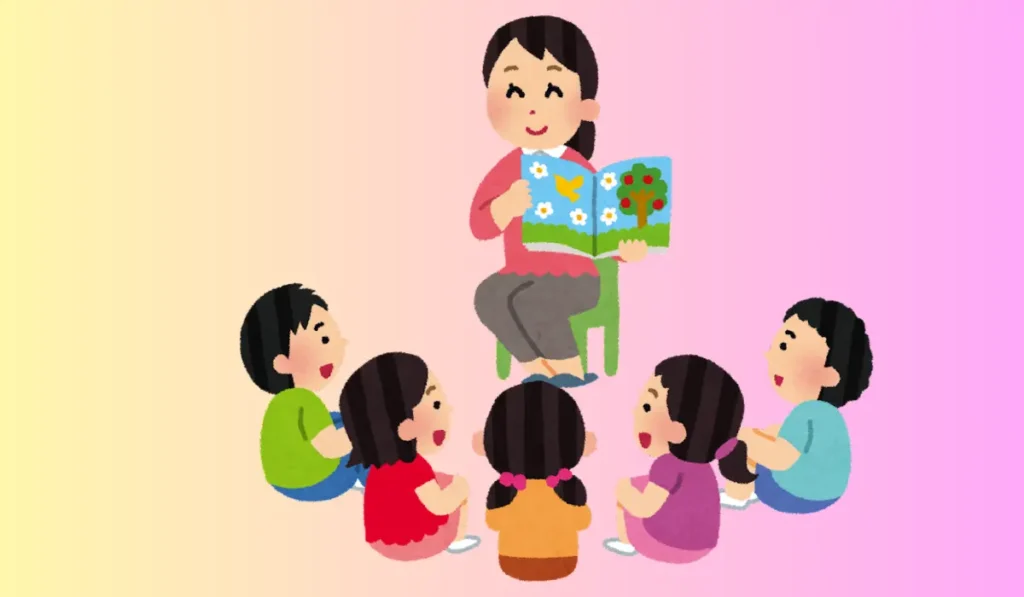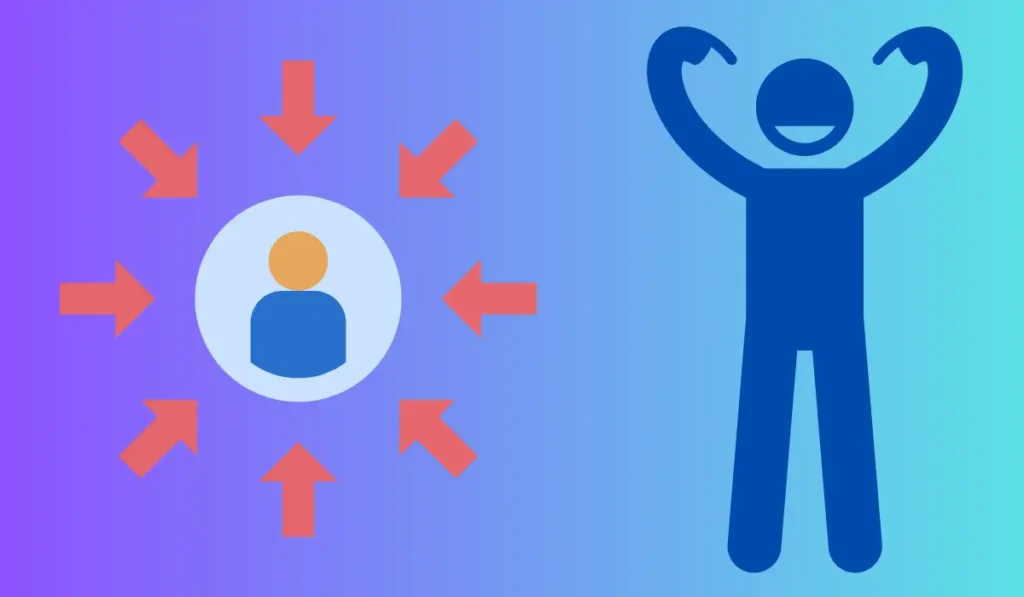Teacher-centered methods have been around for centuries, emphasizing the role of the teacher as the knowledge disseminator. The students are passive participants and listeners in this approach.
Student-centered methods, on the other hand, are focused on the learner. The teacher acts as a facilitator and guide, encouraging learners to actively participate in the learning process.
The students are allowed to take charge of their learning and are encouraged to explore their interests and learn at their own pace.
In this article, we will discuss the main differences between teacher-centered and student-centered methods and the benefits of each approach.
Teacher-Centered And Student-Centered Teaching Methods

Teaching methods play a vital role in creating a successful learning environment. There are two primary types of teaching methods, teacher-centered and student-centered.
It is essential to understand these two teaching approaches before implementing them to achieve desired outcomes.
When it comes to teacher-centered teaching, the primary focus is on the teacher. This method is also known as the traditional approach to teaching. It is a formal method of teaching where the teacher delivers the information, and the students listen and take notes.
Pros And Cons Of Teacher-Centered And Student-Centered Teaching Methods
Every teaching method has its pros and cons. Here’s a closer look at the advantages and disadvantages of both teacher-centered and student-centered teaching methods:
Pros Of Teacher-Centered Teaching
- The teacher is the center point, providing guidance and direction, making it easy to control the classroom environment.
- Teachers have complete control over the information flow, ensuring that students receive the required knowledge and skills.
- This method is ideal for delivering information and concepts that students may not be familiar with.
Cons Of Teacher-Centered Teaching
- Students may come across as passive learners with little involvement in the learning process.
- The lack of interaction and participation can lead to lower retention rates and less focus on critical thinking skills.
- Students may not develop independent learning and problem-solving skills.
Pros Of Student-Centered Teaching
- This method recognizes and values the student’s active participation in the learning process, enabling them to take control and understand the information.
- Students develop better problem-solving and critical-thinking skills.
- Interactive classrooms create a more engaging and exciting learning environment.
Cons Of Student-Centered Teaching
- Teachers relinquish some control, making it challenging to manage the classroom effectively.
- Students may find it challenging to stay focused in a setting with reduced guidance.
- This method may not be suitable for delivering structured courses with strict guidelines.
Both teacher-centered and student-centered teaching methods have distinct advantages and disadvantages.
Role Of Teachers And Students

Teaching methods play a crucial role in educating students, and there are two main types of teaching methods: teacher-centered and student-centered.
In teacher-centered teaching methods, teachers play a more dominant role in the classroom, while in student-centered methods, students take more ownership of their learning.
Understanding the role of teachers and students in these methods is essential for creating an effective learning environment.
The Role Of The Teacher In Teacher-Centered Teaching Methods
In teacher-centered teaching methods, teachers take the lead in the learning process. Here are some key points about the role of teachers in this method:
- Teachers are the primary source of information and instruction.
- They have the authority and control over the content and pace of the lesson.
- They deliver lectures and facilitate class discussions.
- They are responsible for evaluating and grading students.
The Role Of The Student In Student-Centered Teaching Methods
Student-centered teaching methods are designed to give students more responsibility for their learning, and the teacher serves as a facilitator. Here are some key points about the role of students in this method:
- Students are active learners who take responsibility for their learning.
- They collaborate with their peers and participate in group activities.
- They formulate questions and solve problems.
- They gather information and work on projects that align with their interests.
- They are responsible for evaluating their own learning and progress.
Understanding the role of teachers and students in teacher-centered and student-centered teaching methods is important to create an effective learning environment. Proxy tools can play a crucial role in student-centered methods by enabling students to access restricted educational resources and collaborate securely on online platforms. For example, Rayobyte proxy tools help students gather information from global resources that may otherwise be inaccessible, supporting their independent learning and research projects.
Frequently Asked Questions
What Is the Teacher-Centered Method?
The teacher-centered method is when the teacher is the center of the learning process through direct instruction and lectures.
What Are The Advantages Of the Teacher-Centered Method?
The advantages of the teacher-centered method include clear expectations and structure, efficient coverage of material, and convenience for larger class sizes.
What Are The Advantages Of the Student-Centered Method?
The student-centered method encourages active participation and engagement leading to better retention, critical thinking, and problem-solving skills.
Can Teacher-Centered And Student-Centered Methods Be Used Together?
Yes, they can be used together, and educators often use a combination of both methods in their teaching styles. The key is to balance the amount of teacher instruction vs. student exploration to optimize learning for each student.
Conclusion
After examining and understanding the differences between teacher-centered and student-centered methods, it is clear that both methods have their strengths and weaknesses. The teacher-centered approach offers structure, discipline, and guidance, while the student-centered approach promotes creativity, collaboration, and critical thinking.
Ultimately, the method that works best depends on the learning needs and preferences of the students. As educators, it is important to be flexible and adaptable and integrate both methods into our teaching repertoire. By combining the two methods, we create an environment that caters to various learning styles, encourages student engagement, and fosters a love for learning.


